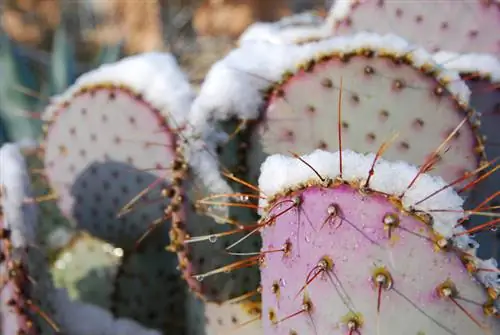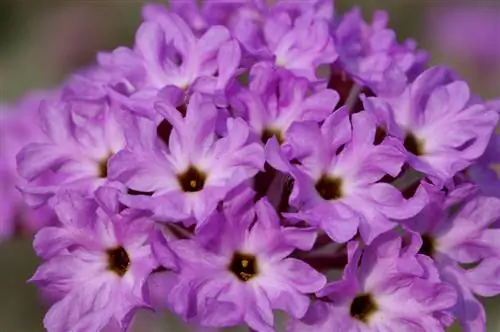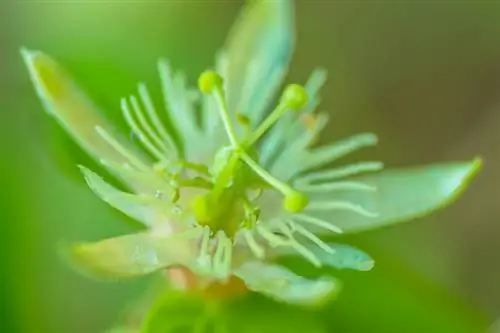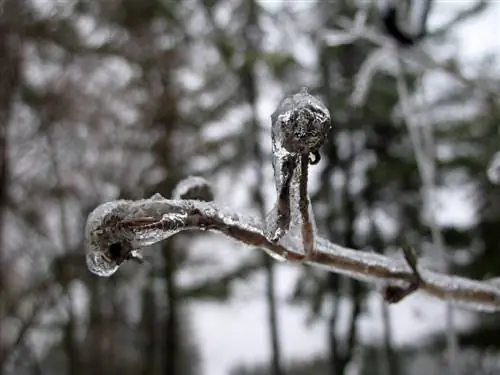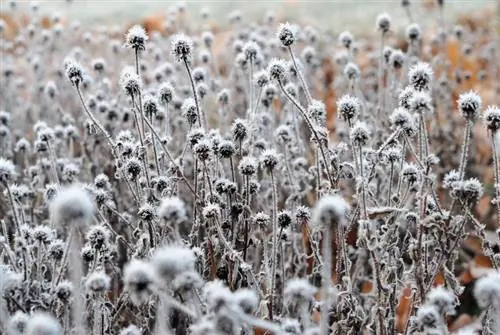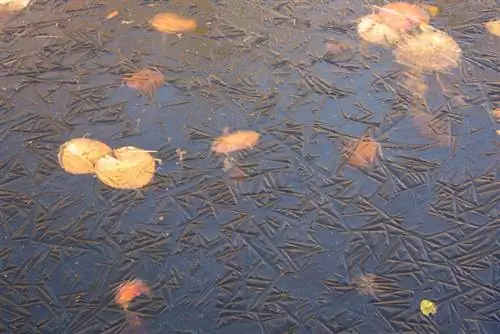- Author admin [email protected].
- Public 2023-12-16 16:46.
- Last modified 2025-01-23 11:21.
When winter puts a snow cap on cacti, amazed looks over the garden fence are inevitable. The question arises as to whether Mother Nature actually has frost-resistant cacti in her portfolio. Get to know hardy cactus species and varieties here with tips for overwintering outdoors.
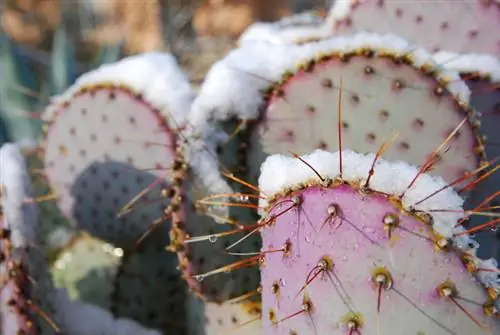
Which cacti are hardy?
Winter-hardy cactus species that can survive frosty temperatures include Opuntia (prickly pear cactus), Echinocereus (hedgehog-pillar cactus) and Escorbaria (ball cactus). They can tolerate temperatures as low as -15 to -32 degrees Celsius in winter if properly protected.
These cacti survive frosty temperatures - a selection
In order to discover frost-resistant cacti, we look at distribution areas with comparable weather conditions in winter. In South America these are primarily the Andes. Hardy cactus species have also settled in the North American mountains and in Canada. The focus is on the following 3 cactus genera and their species:
Opuntia (Prickly Pear Cactus)
- Opuntia fragilis 'Frankfurt': small, yellow flowers, hardy to -20 degrees Celsius
- Opuntia hystricina 'Hagen': medium-sized, purple flowers, hardy to -32 degrees Celsius
- Opuntia macrorhiza 'Apricot': medium-sized, apricot-colored flowers, hardy to -22 degrees Celsius
- Opuntia engelmannii: 50 to 100 cm tall, yellow flowers, hardy to -22 degrees Celsius
- Cylindropuntia imbricata: 100 to 200 cm tall, richly branching, purple flowers, hardy to -25 degrees Celsius
Echinocereus (Hedgehog Columnar Cactus)
- Echinocereus baileyi: small, light purple flowers, hardy to -32 degrees Celsius
- Echinocereusreichenbachii 'Atascosa': medium-sized, pink flowers, hardy to -32 degrees Celsius
- Echinocereus triglochidiatus ssp. mojavensis: basally richly branched, cherry-red flowers, hardy down to -32 degrees Celsius
Escorbaria (ball cactus)
- Escobaria tuberculosa: 5 cm diameter,
- Escobaria vivipara forma: 5-6 cm diameter, violet flowers, hardy down to -25 degrees Celsius
- Escobaria vivipara v. neomexicana: 4-5 cm diameter, violet-pink flowers, hardy down to -15 degrees Celsius
If you keep an eye out for frost-resistant rarities, the genus Gymnocalycium (humpback cactus) becomes the focus of interest. Among the more than 50 species there are around 7 to 10 hardy gems. With a height of 10 to 20 cm, bizarrely shaped, bumpy ribs, these cacti delight with their beautiful, yellow flowers in May and June. In winter up to -32 degrees Celsius are tolerated.
Tips for wintering
In the Central European outdoors, constant winter wetness is the biggest problem for your prickly survival artists. Unless the location is under a canopy, solve the problem with a superstructure as a rain shed. Translucent greenhouse film (€299.00 at Amazon) or plexiglass panels keep snow and rain away. Two open sides ensure vital air circulation.
As part of the preparation for the rigors of the winter, please reduce the water supply from August and stop it completely from September. The outdoor cacti will also no longer receive fertilizer from August onwards. If the plants shrivel up over the course of the winter, this process is part of the ingenious survival strategy of frost-hardy cacti.
Tip
The ideal location for hardy cacti is sunny, poor and sandy-gravelly. The exotic plants can be wonderfully integrated into the planting plan for your rock garden or gravel bed. Where the soil does not meet the requirements, mix inorganic materials during planting, such as fine-grained grit, quartz sand or expanded clay.

